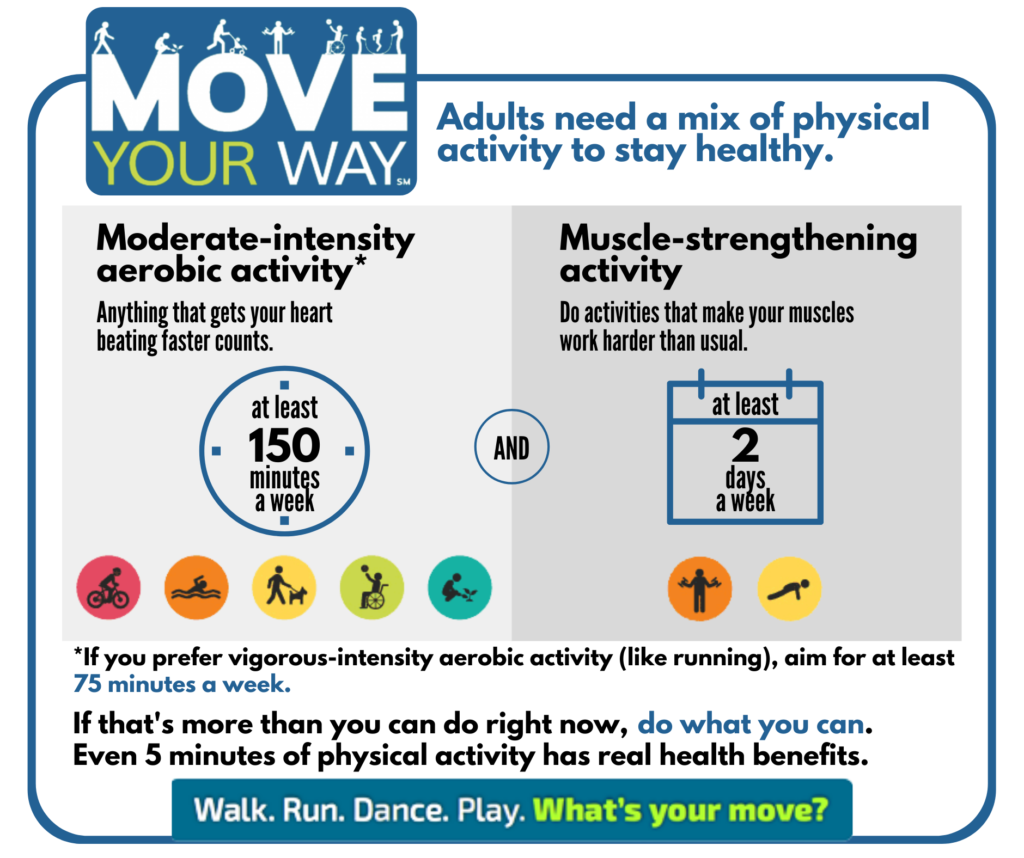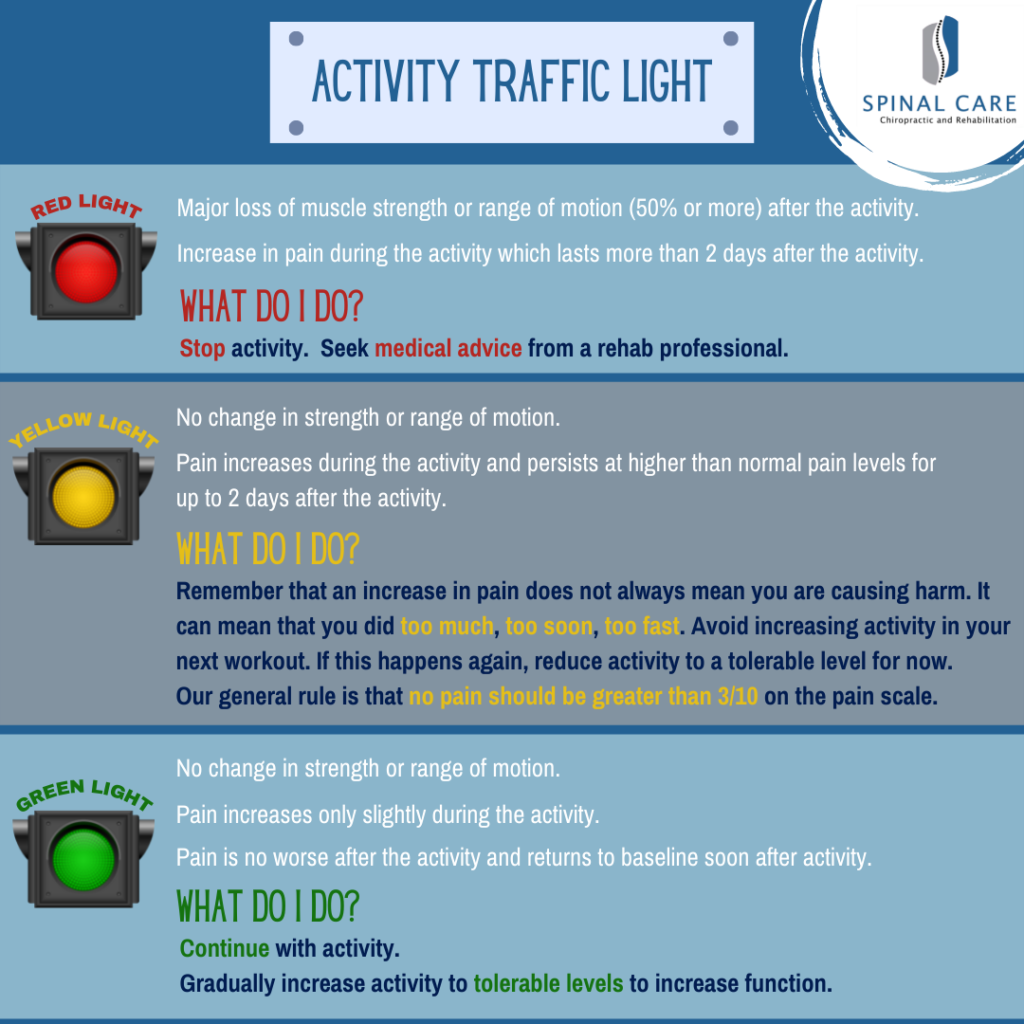Dec 12, 2021 by spinalcare
Exercise is Medicine (yes, even when you have pain!)
There’s no denying it, exercise is important. Finding a form of exercise that works is sometimes a challenge. It takes discipline, routine, and enjoyment to be active. There’s one barrier to exercise that many of us experience at one point or another: pain. Pain when exercising can range from nagging to excruciating. The question is: when should we continue to move to reap the benefits of exercise and when should we sit one out.
Exercise is a vital component to health. Exercising reduces the risk of all-cause mortality, regardless of weight or BMI. Exercise can prevent and manage diseases such as obesity, cancer, Alzheimer’s, stroke, mental health disorders, heart disease, high blood pressure, arthritis, kidney disease, sleep-related disorders, and many more. Exercise can even be a way to enhance your social health and meet new people. We know it is important to be active for so many reasons. The question is: how much should we move when we’re in pain?

In general, we need to do at least 75-150 minutes per week of an activity that makes our heart beat a little faster and lungs work a little harder. We also need to do strengthening at least 2 days per week; this is anything that makes your muscles work harder than usual. These are the current recommendations for us to meet for optimal health.
https://health.gov/sites/default/files/2019-09/Physical_Activity_Guidelines_2nd_edition.pdf
Staying active is tough especially when we are hurt, yet contrary to what many believe, we can often work through most pain. We have evidence that shows that exercise is helpful in reducing pain levels and increasing function in those with pain. Feeling pain can be scary sometimes and while it may seem counterintuitive to exercise, in many cases inactivity is far worse and can even prolong pain.
So, when is it safe to exercise?
*Before doing anything, it is important that you see a professional who can assess your pain and help you determine if it is safe to be active at this time.
Even after getting approved to exercise by a professional, it is common to continue having pain that lingers during activities. A way to determine if activity or certain exercise is safe or harmful is with the activity traffic light. It provides you a way to assess your pain and function to determine if we should continue activity, if we should decrease activity, or if we should stop altogether.

There are instances when activity should be stopped due to pain and injury and that usually involves an inherent loss of stability. This is usually associated with ligament or tendon tears, bone fractures and other more serious conditions. But those situations are rare, typically occur in very serious cases, and can be identified by your health care provider. The health benefits of exercise are endless. Exercise is a vital component to your physical, mental, and social health. After being assessed by a rehab professional and approved to return to activity, use this chart to determine how to progress in your exercise program.
Source: A World of Hurt: A Guide to Classifying Pain
